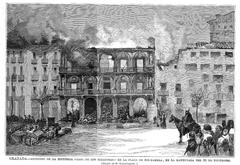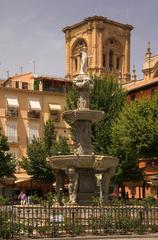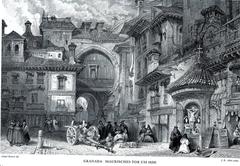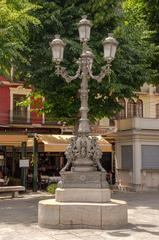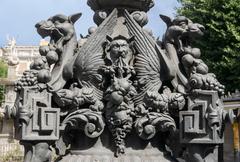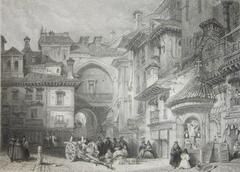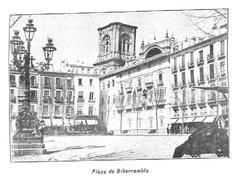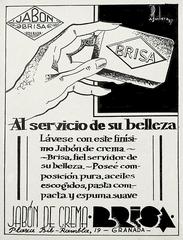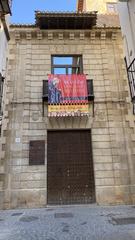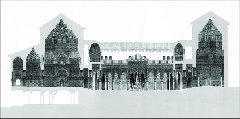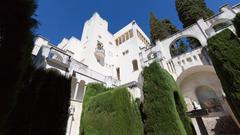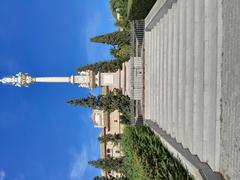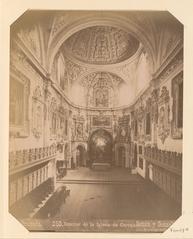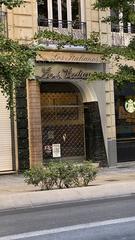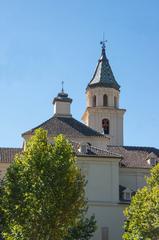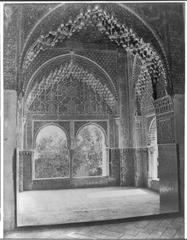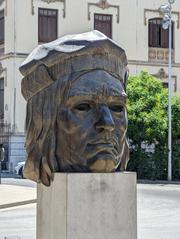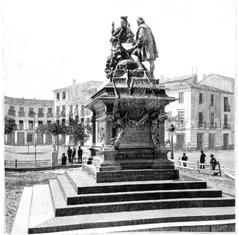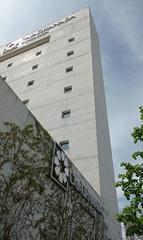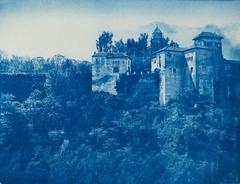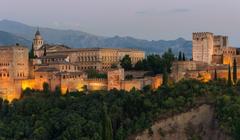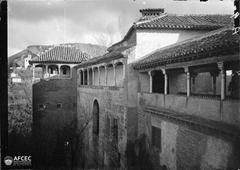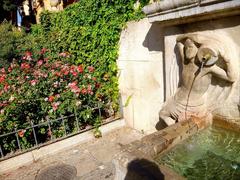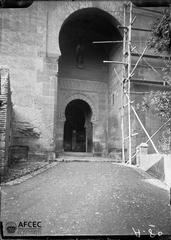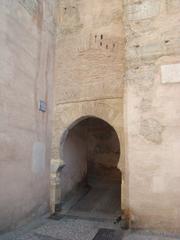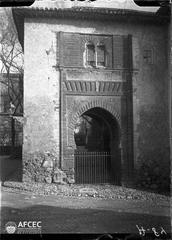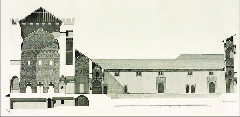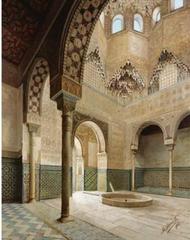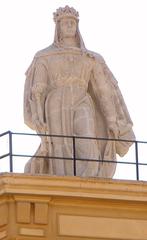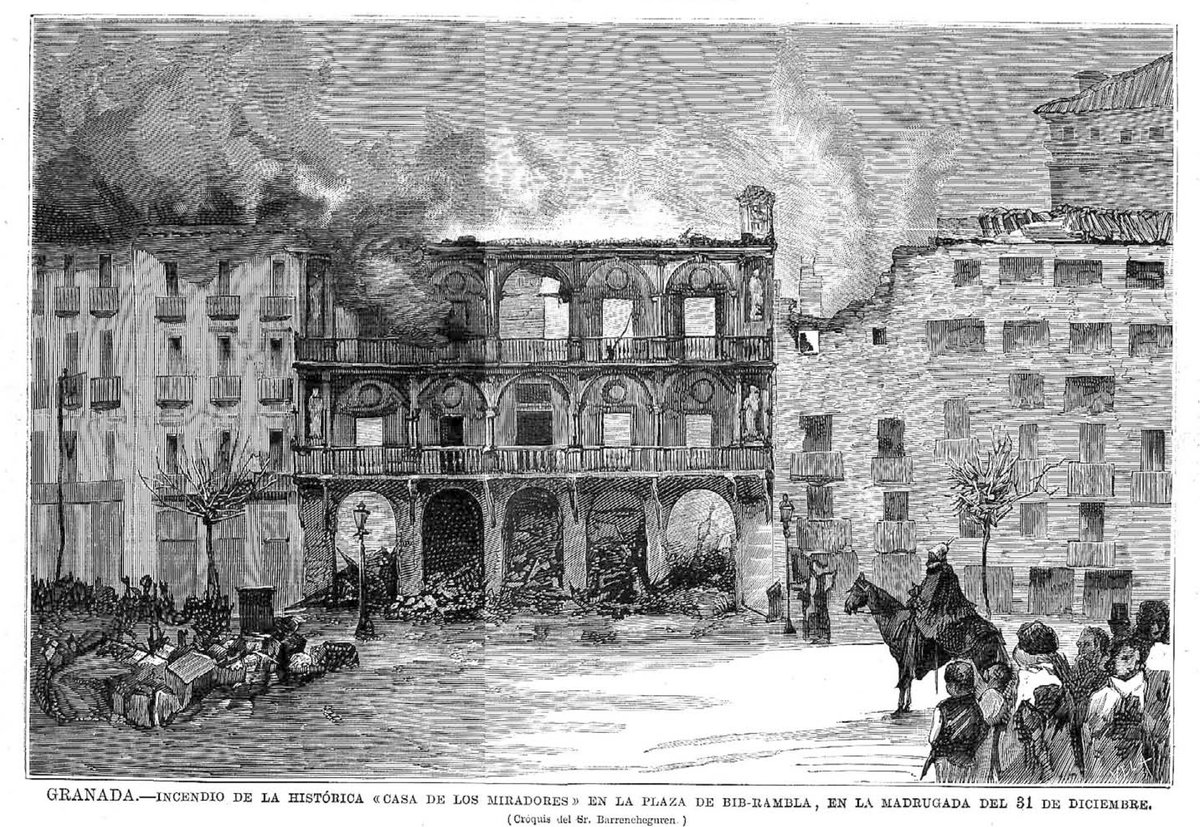
Visiting Plaza De Bib-Rambla: History, Tips, and Travel Guide
Date: 18/08/2024
Introduction
Nestled in the heart of Granada, Spain, Plaza de Bib-Rambla, often referred to as Bibarrambla, stands as a testament to the city’s rich historical tapestry and vibrant contemporary culture. Originating from the Arabic term meaning ‘Gate of the Sand’ or ‘Gate of the River,’ this historic square served as a crucial entrance during the Nasrid dynasty between 1238 and 1492. It was an integral part of the bustling silk market, Alcaicería, strategically positioned between the commercial center, Zacatín, and the Great Mosque. Following the Christian Reconquista in 1492, the plaza evolved into a focal point of public life, hosting significant events such as autos-da-fé during the Spanish Inquisition (Granada Map). Today, Plaza de Bib-Rambla harmonizes its medieval roots with the modern-day vibrancy, making it a must-visit destination for history enthusiasts, architecture admirers, and culture seekers alike. This guide aims to provide an in-depth exploration of Plaza de Bib-Rambla, covering its historical significance, architectural beauty, cultural events, and practical visitor information to enhance your experience (Explorial).
Table of Contents
- Introduction
- Historical Importance
- Architectural Splendor
- Cultural and Social Hub
- Festive Celebrations
- Proximity to Other Attractions
- Visitor Tips
- Modern-Day Significance
- FAQ
- Conclusion
Historical Importance
Plaza de Bib-Rambla, also known as Bibarrambla, has Arabic origins, translating to “Gate of the Sand” or “Gate of the River.” It served as an entrance gate during the Nasrid dynasty (1238-1492) and was part of the bustling silk market, Alcaicería. Strategically located between the commercial center, Zacatín, and the religious Great Mosque, the square was the heart of medieval society. It hosted public celebrations, processions, and commercial exchanges. Post-Christian Reconquista in 1492, the square became a focal point for public life, hosting autos-da-fé during the Spanish Inquisition (Granada Map).
Architectural Splendor
After the Christian Reconquista, Renaissance-style buildings were constructed around Plaza de Bib-Rambla. At the center stands the Fuente de los Gigantones (Fountain of Giants), featuring statues of Roman gods symbolizing strength and fertility (Explorial).
Cultural and Social Hub
Today, Plaza de Bib-Rambla is a vibrant gathering place filled with cafes, flower stalls, and fountains. It’s a social hub where people come to socialize, relax, and enjoy the vibrant street life (Cicerone Granada).
Festive Celebrations
Plaza de Bib-Rambla hosts various events throughout the year, including:
- Christmas Market: Held in December, offering unique gifts and seasonal delicacies.
- Corpus Christi Festival: Celebrated in June, featuring processions and fairground attractions.
- Day of Crosses: Celebrated on May 3rd, with squares, patios, and streets decorated with crosses adorned with red carnations (Explorial).
Proximity to Other Attractions
Plaza de Bib-Rambla is near the Granada Cathedral and Alcaicería, a district filled with handicraft and souvenir shops (Barcelo).
Visitor Tips
- Getting There: Easily accessible by foot from Granada’s city center, close to major attractions.
- Best Time to Visit: Evening visits offer beautiful lighting of the Fountain of Giants and vibrant nightlife.
- Dining: Numerous cafes and restaurants line the square. Gran Café Bib-Rambla is popular for its chocolate and churros (Earth Trekkers).
- Shopping: Nearby Alcaicería offers various handicrafts and souvenirs. Explore multiple shops and negotiate for the best deals (Planetware).
Modern-Day Significance
Plaza de Bib-Rambla continues to be a significant cultural and social hub in Granada, blending historical significance with modern-day charm (The Geographical Cure).
FAQ
- What are the visiting hours for Plaza de Bib-Rambla? The plaza is open 24/7, but the best time to visit is in the evening.
- Do you need tickets to visit Plaza de Bib-Rambla? No, entry to the plaza is free.
- Are guided tours available? Yes, several guided tours include stops at Plaza de Bib-Rambla. Check with local tour operators for more details.
Conclusion
Plaza de Bib-Rambla offers a unique blend of historical significance and modern-day charm, making it a quintessential destination in Granada. From its origins during the Nasrid dynasty to its transformation post-Reconquista, the plaza serves as a testament to Granada’s rich cultural and architectural heritage. Visitors can revel in the Renaissance-style buildings, enjoy the vibrant atmosphere filled with cafes and flower stalls, and participate in various festive celebrations throughout the year. Its proximity to other major attractions like the Granada Cathedral and Alcaicería further enhances its appeal. Whether you’re indulging in local cuisine, shopping for handicrafts, or simply soaking in the lively street life, Plaza de Bib-Rambla promises a memorable experience. For more insights and updates on Granada’s top attractions, follow us on social media or download our mobile app Audiala (The Geographical Cure).
References
- Exploring Plaza de Bib-Rambla: History, Visiting Hours, and Cultural Highlights, 2024, Author Granada Map
- Visiting Plaza de Bib-Rambla: History, Tickets, and Top Attractions in Granada, 2024, Author Explorial
- Complete Guide to Visiting Plaza De Bib-Rambla in Granada: Hours, Tickets, and Tips, 2024, Author The Geographical Cure
